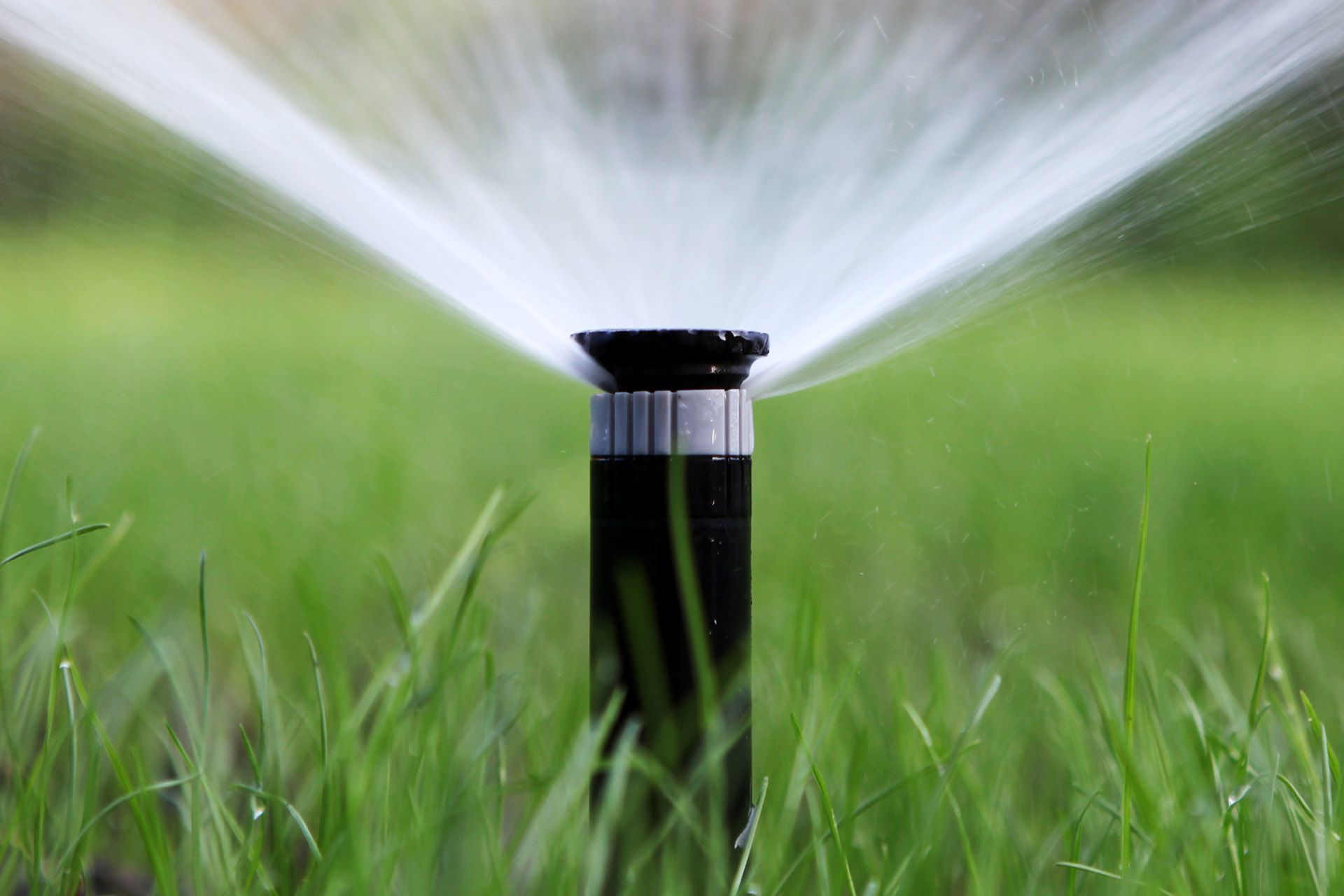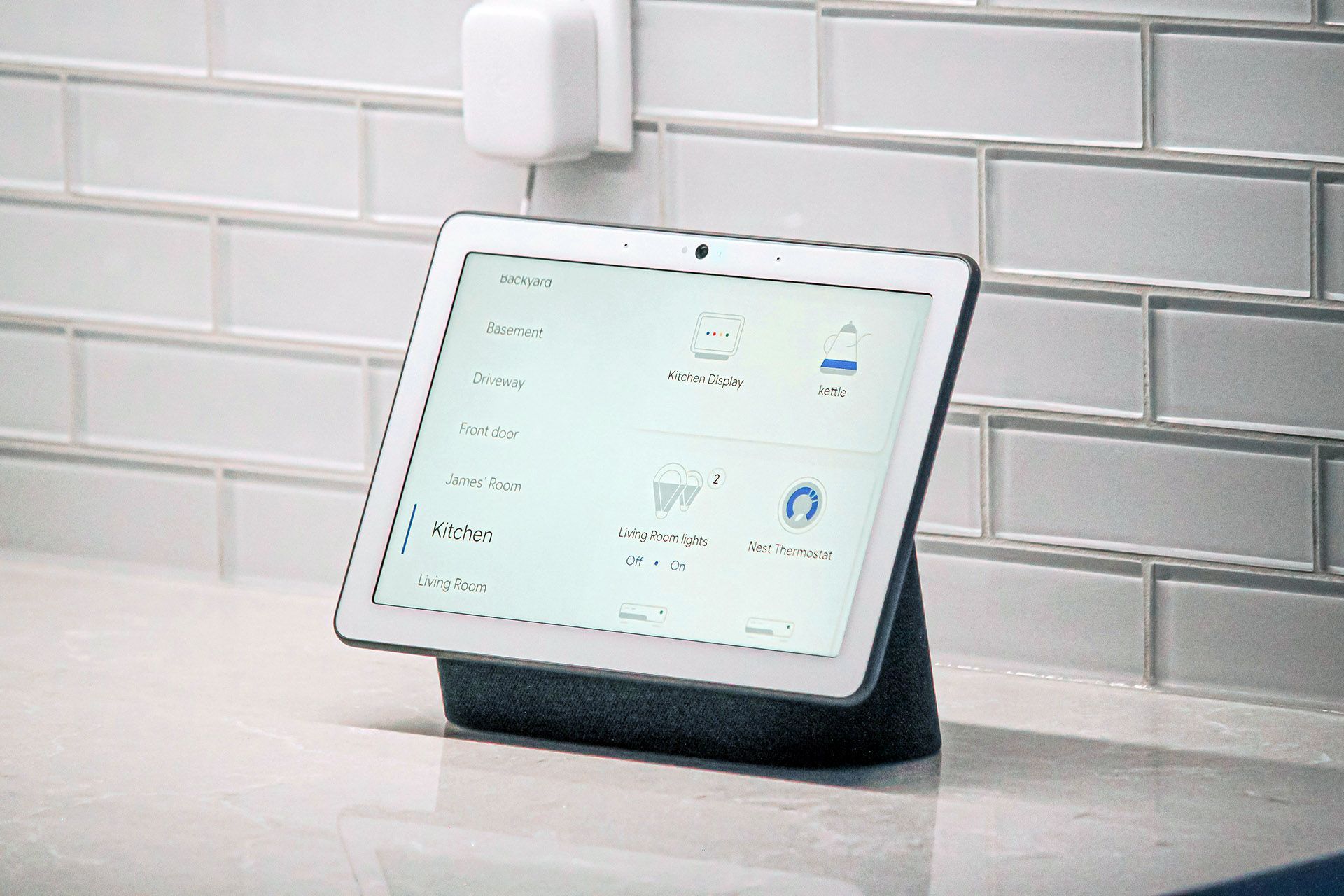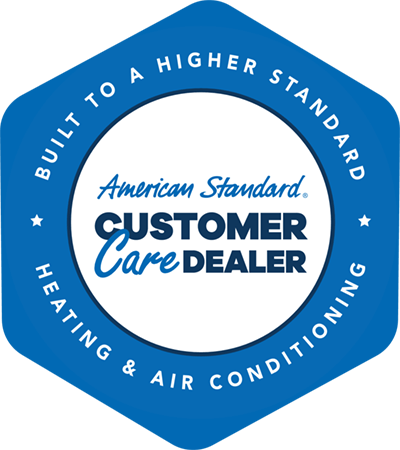Call or Text (216) 545-1776 to schedule service or installation
Blog | Financing | Specials | Now Hiring | Service Plans
The Savvy Homeowner’s Guide to Boosting Efficiency & Reducing Taxes
Are you a homeowner looking to make energy-efficient upgrades to your home? You likely know that tax credits and rebates are available to offset costs for these improvements.
However, with the latest changes from the Inflation Reduction Act (IRA), you may need clarification to understand how these savings could apply to you.
Let’s look at the tax credits and rebates for these home improvements and more details on how the IRA fits into the picture of your potential savings.
Overview of Tax Credits & Rebates for Energy-Efficient Home Improvements
Tax credits and rebates are financial incentives for homeowners who make energy-efficient home upgrades. These incentives are designed to offset the costs of the upgrades and encourage homeowners to make energy-efficient choices. The Internal Revenue Service (IRS) offers tax credits for energy-efficient home improvements, while rebates are typically available from utility companies, state and local governments, and non-profit organizations.
To be eligible for tax credits and rebates, the upgrades you make to your home must meet certain energy efficiency standards. The specific improvements that qualify for incentives may vary depending on the program but generally include energy-efficient appliances, HVAC systems, insulation, roofing, and windows.
The amount you can save with tax credits and rebates depends on the upgrades you make and the available incentives in your area. Tax credits are typically applied to your tax liability, reducing the amount of taxes you owe. For example, if you owe $5,000 in taxes and qualify for a $1,000 tax credit, the credit will reduce your tax liability to $4,000. Rebates, on the other hand, are paid directly to you and can be used to offset the costs of the upgrades.
The Residential Clean Energy Credit is among the most popular tax credits for energy-efficient home improvements. This credit “equals 30% of the costs of new, qualified clean energy property for your home” if you install it between 2022 and 2033. Eligible upgrades include windows, doors, roofing, and insulation—as well as specific HVAC systems and water heaters.
How the Inflation Reduction Act of 2022 Affects Credits & Rebates of Energy-Efficient Home Improvements
The Inflation Reduction Act introduced new tax credits starting January 1, 2023. These tax credits aim to encourage households to adopt cleaner energy consumption practices. By taking advantage of these credits, families can save a significant amount of money. Let’s look at a breakdown of these credits and rebates specific to home improvements.
Tax Credit Amount
If you make qualified energy-efficient improvements to your home after January 1, 2023, you may be eligible for a tax credit of up to $3,200. You can claim this credit for improvements made through 2032.
Qualified Expenses
The credit is equal to 30% of certain qualified expenses, including:
- Energy-efficient improvements that you installed during the year.
- Residential energy property expenses.
- Home energy audits.
Maximum Annual Credit
The maximum credit you can claim each year depends on the type of expense:
- $1,200 for energy property costs and certain energy-efficient home improvements, with limits on doors, windows, and home energy audits.
- $2,000 for qualified heat pumps, biomass stoves, or biomass boilers.
Qualification Criteria
- The home must be located in the United States.
- The improvements are made to an existing home, not a new home.
- In most cases, the home must be your primary residence.
- Business use of the home may affect eligibility.
Qualified Expenses and Credit Amounts
- Building Envelope Components: Includes doors, windows, insulation, and air sealing materials meeting specific requirements.
- Home Energy Audits: A credit of up to $150 is available for a home energy audit.
- Residential Energy Property: Includes central air conditioners, water heaters, furnaces, boilers, heat pumps, and biomass stoves and boilers meeting efficiency standards.
- Subsidies, Rebates, and Incentives: You may need to subtract some financial incentives from qualified expenses.
To claim the energy-efficient home improvement credit, file Form 5695, Residential Energy Credits Part II, with your tax return. It is important to claim the credit for the tax year when you install—not just purchase—the property.
Take Advantage of Energy-Efficiency Home Improvement Tax Credits
Are you considering making energy-efficient upgrades to your home? There’s never been a better time to make these improvements and take advantage of the available tax credits and rebates! At Gorjanc, we provide upgrades for central air conditioners, heat pumps, furnaces, water heaters, and electrical panels that qualify for tax credits and rebates.
Learn more about the available incentives and how to claim them.
Call (216) 545-1776 to schedule a consultation today!
Don’t regret calling the wrong company for heating, cooling, plumbing, or electrical services. Make the right choice and call Gorjanc Home Services at (216) 545-1776.
Gorjanc Home Services is Northeast Ohio’s Choice for heating, cooling, plumbing, and electrical service since 1963.
OH Lic# 18275
(216) 464-4647






